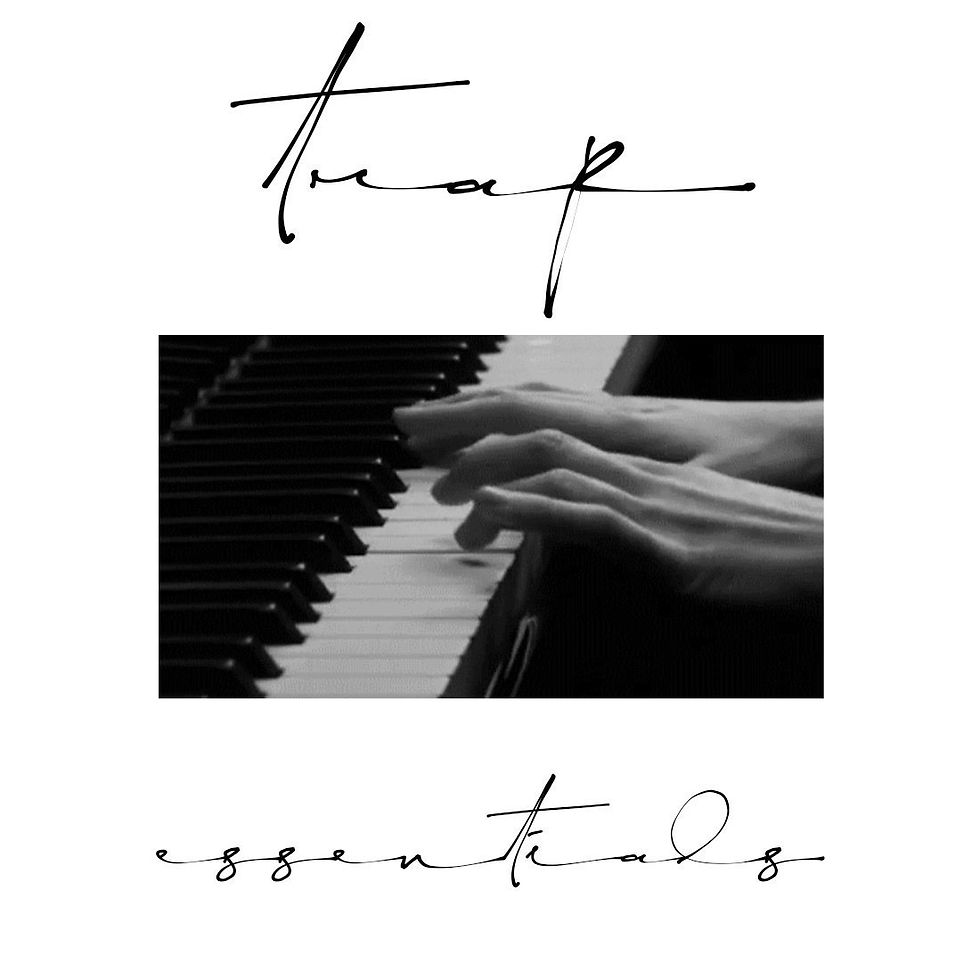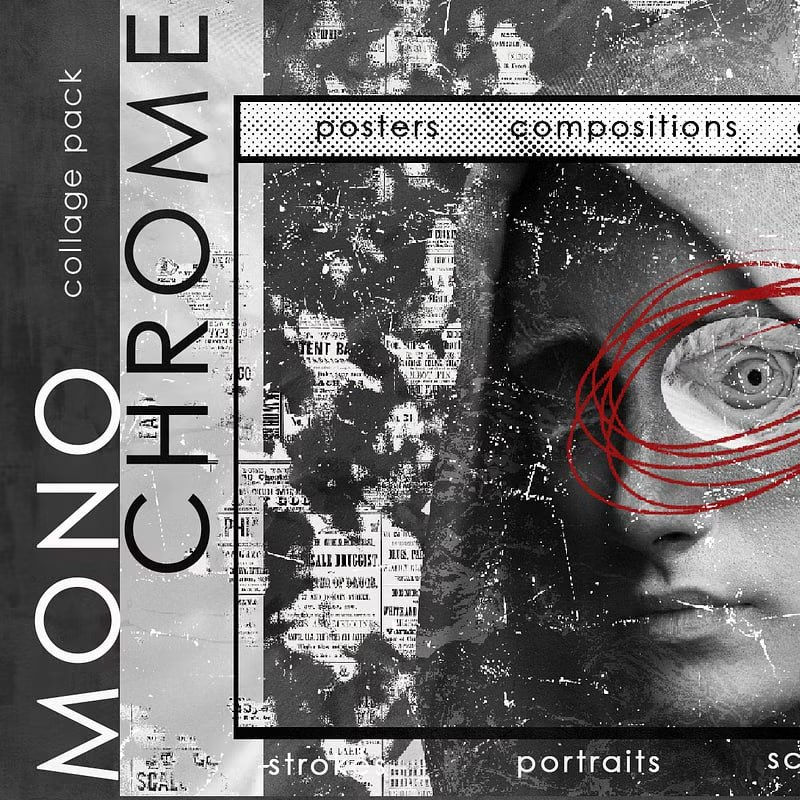Roland S770 - Drum Kit
The S-7XX series were the flagship models of Roland's digital sampler line-up of the early 1990's. Unlike previous S-series samplers, these featured 16-bit sampling at rates up to 48 KHz. Compared to the grittiness of the 12-bit S-550 and W-30, these have a clean, professional and warm sound quality.
The S-750 features 2 Mbytes of sample memory (enough for about 22 seconds at 44.1 KHz), a floppy disk drive, an external SCSI bus for adding more drives, a very large built-in text/graphics LCD display, stereo input and output, six assignable analog outs, a mouse and external video monitor connections for enhanced control. The higher-end S-770 included an internal 40 Mbyte SCSI drive and S/PDIF outputs.
The S-750/770 features 24 voices of polyphony and 16-part multitimbrality, allowing many samples and voices to be layered. A patch can contain up to 8 layered or split samples. Each voice has a time-variant filter (TVF) and amplifier (TVA), each with its own 5-segment envelope, and a shared LFO. The resonant digital filter is multimode (low-pass, high-pass, band-pass) and uses the same excellent algorithm as the Roland D- and JD-series synthesizers.
Sampler inputs are located on the front, which is actually quite handy. The ADC converters are excellent and combined with 20-bit internal processing, the S-750/770 has an incredibly warm, smooth and present sound character not found in many of today's mainstream samplers.
Extensive sample looping, cutting, pasting, and editing capabilities are available. A few non-real-time effects are present, including sample-rate conversion, compression/expansion, pitch shift, and time stretch.
Most sample-altering operations have an undo capability. On-the-fly resampling, with a selection of sample-combining algorithms, is also available.
All operations can be accomplished from the front panel controls, but are made much easier via the mouse and external monitor or with the optional RC-100 remote control which duplicates the panel controls and adds some features such as a numeric keypad—handy when you need to enter an exact value for a 6-digit word number. Sample library disks from the W-30, S-330, and S-550 (but not S-50) can be converted (if necessary) and loaded as well.
Roland S-750 (released 1991)
The OS is complex and requires time to study and learn, but is very powerful once mastered. The primary limitation of these models is memory and storage; the factory-installed 2 Mbyte is not very much by today's standards and inadequate for long phrase sampling. (There is an almost-impossible-to-find memory expansion board that allows memory to be expanded to 18 Mbytes.)
The OS also contains a limit on the maximum disk size that it can deal with—540 Mbytes. Also, the S-750's lack of an internal drive means it needs the OS to be loaded from floppy disk. Internal effects are non-existent, although the assignable outputs make it easy to set up routings to external effects.
If you want to use an external monitor, you need one that can accept CGA signals and the correct cable, or you can use the composite video out, but that will be monochrome only; only the CGA output is in color.
The S-750 and S-770 were ahead of their time in the early 1990's and rival the capabilities of software samplers today. While it may not seem relevant to use an early 90's hardware sampler today, the S-750/770 has a unique sound quality that can not be found in modern digital samplers.
Their excellent converters coupled with great sounding filters made for a really warm and rich sounding instrument.
Add to that the large sound library that can be used with it and you have yourself one of Roland's finest and historic digital samplers.
top of page
$19.99 Regular Price
$15.99Sale Price
GWAITH GYDAG UNRHYW DAW
RHESYMAU I BRYNU


bottom of page

















